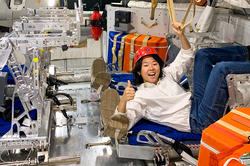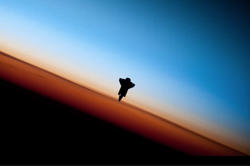From fashion to furniture to outer space, students are making the most of this summer’s internship opportunities.
RISD NASA Courses Offer Unique Avenue into Design for Space Travel
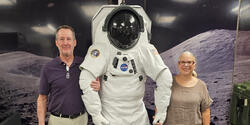
What if an astronaut gets injured while exploring the surface of the moon and needs to be rescued by a remotely controlled crane? How should the space suit they are wearing be designed to guarantee the astronaut’s safety outside of the ship?
Longtime RISD faculty members Catherine Andreozzi 87 AP and Michael Lye 96 ID completed a project this summer with the help of a team of students that answers such questions and recently delivered the outcome to NASA officials in Houston. Together, they built “incapacitated crew member test articles”—essentially mannequins inside space suits that weigh approximately what people weigh on the moon—that NASA will use to test rover prototypes.
Lye’s ever-evolving Industrial Design studios at RISD focus on outer-space habitats, and Andreozzi’s more recently developed Apparel Design studios explore space suit design. This distinctive coursework provides RISD students with a unique perspective on interplanetary design and an informal pipeline to jobs at NASA, where more than a dozen alums are currently working as interns and full-time employees.
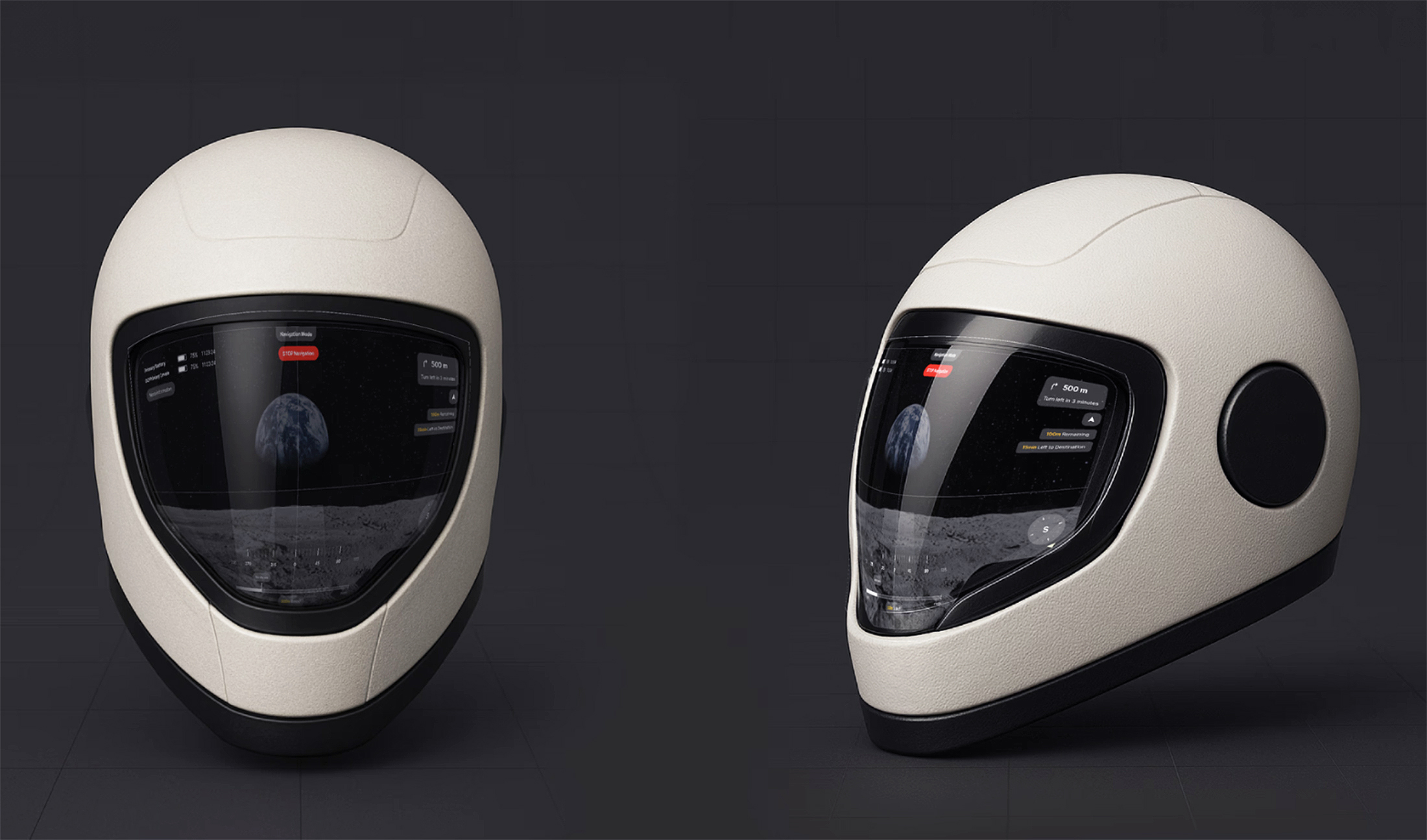
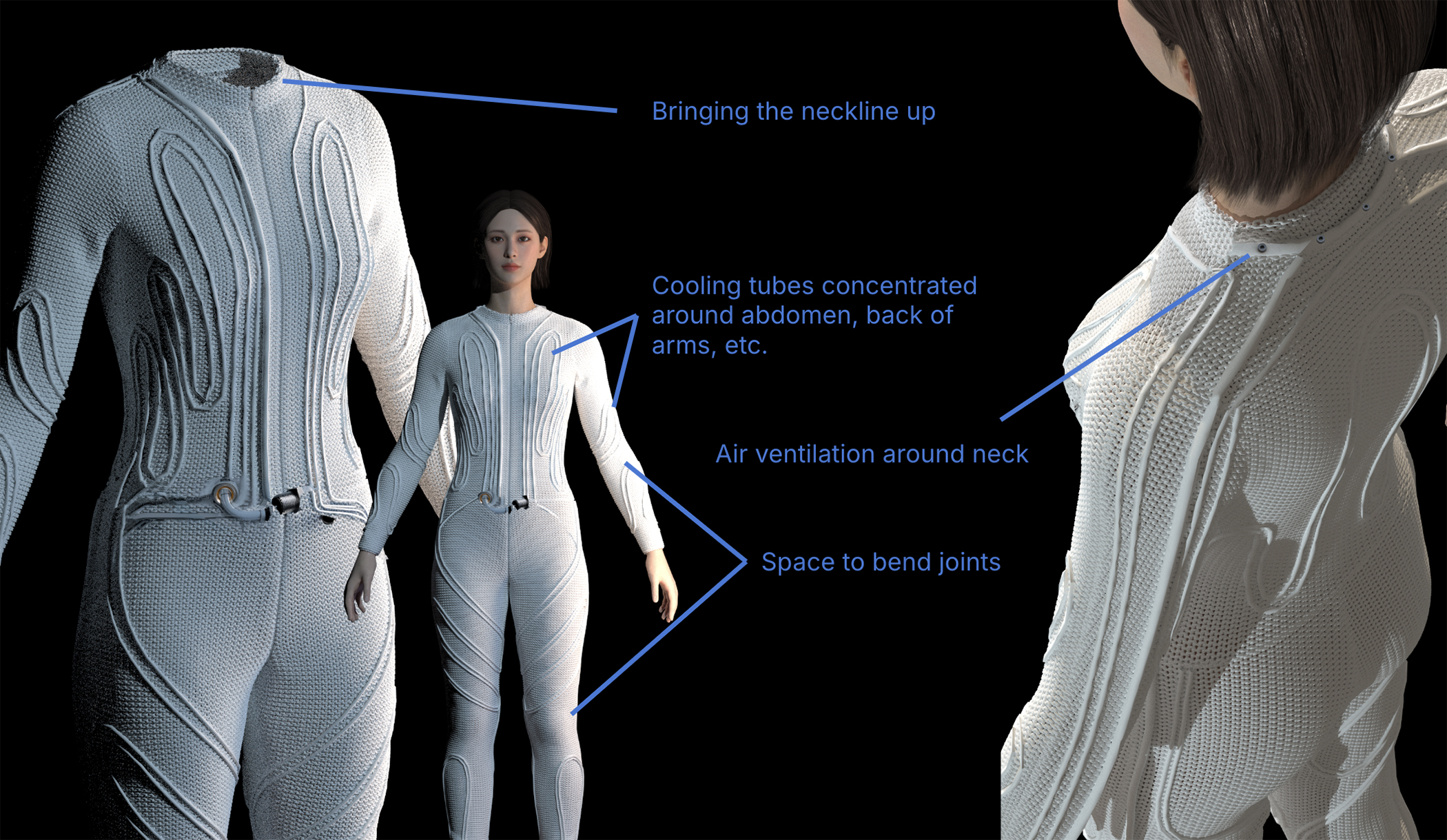
“RISD alums contribute significantly to NASA’s mission,” says Lye. “They generate creative concepts that engineers might overlook and are able to communicate their ideas visually using everything from pencil sketches to sophisticated digital renderings and CAD models.”
As Andreozzi puts it, “RISD students and alums solve the same problem in a very different way, and that energy inspires others at NASA. Their dedication to creative problem solving and making things with incredible precision is another asset they bring to the table.”
Andreozzi developed a studio last spring that she will teach again in the coming fall: NASA Spacesuits Reimagined and Redesigned. In it, students reworked elements of the classic space suit: the helmet and its interior user interface, the liquid cooling garment astronauts wear underneath the outer suit to regulate body temperature, and the outer suit itself.
“Juri Kang 25 TX used her knitwear expertise to create channels and welts in the fabric of the cooling garment, and her project partner Nicole Nedeff 25 ID designed the circulation path, adding tubes and a pump to push cool water through the suit,” Andreozzi explains. “There’s a lot of room for growth in the design of the HUT [or Hard Upper Torso component of the suit] as well. Students worked on making it lighter and more flexible under pressure.”
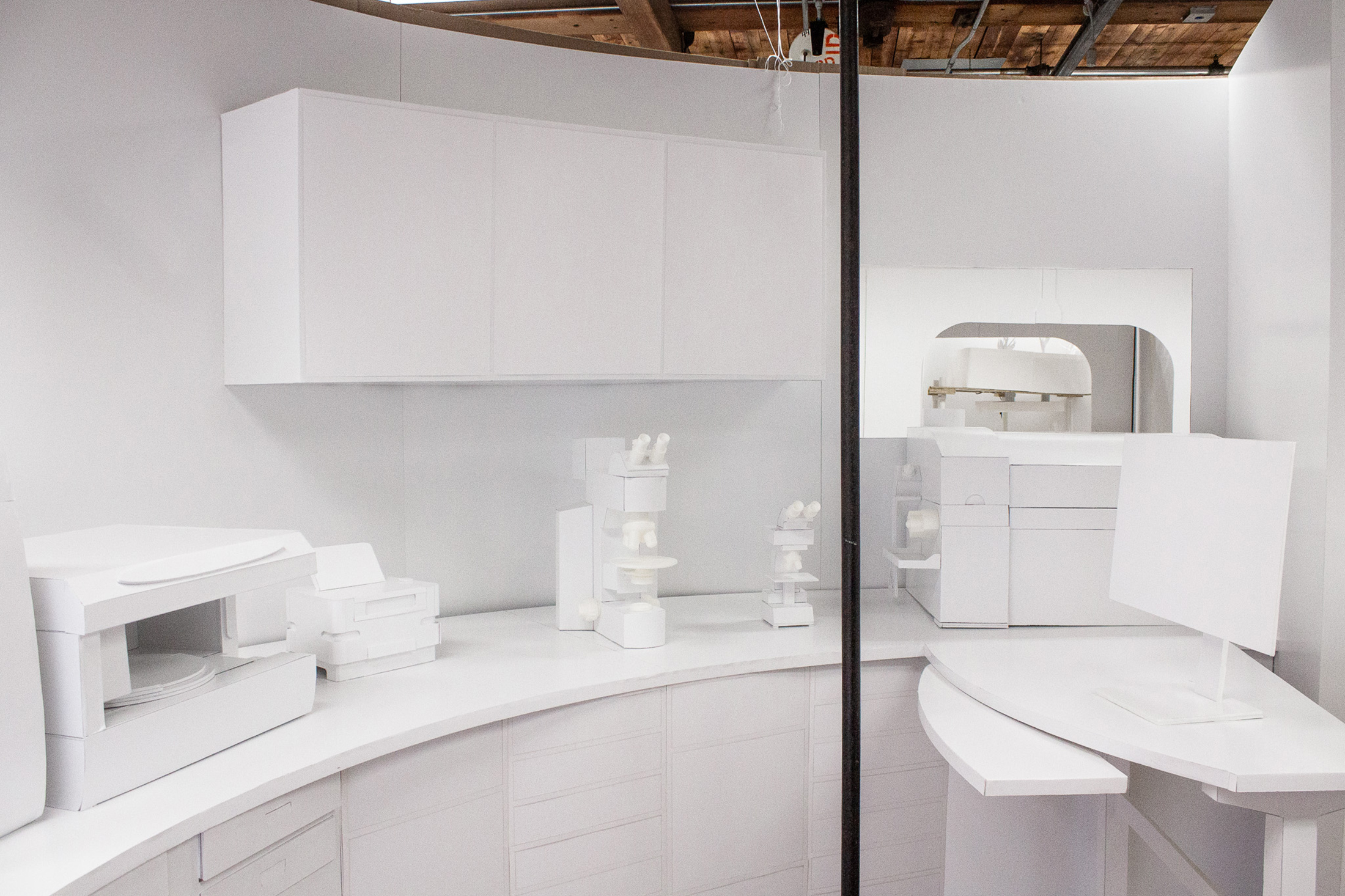
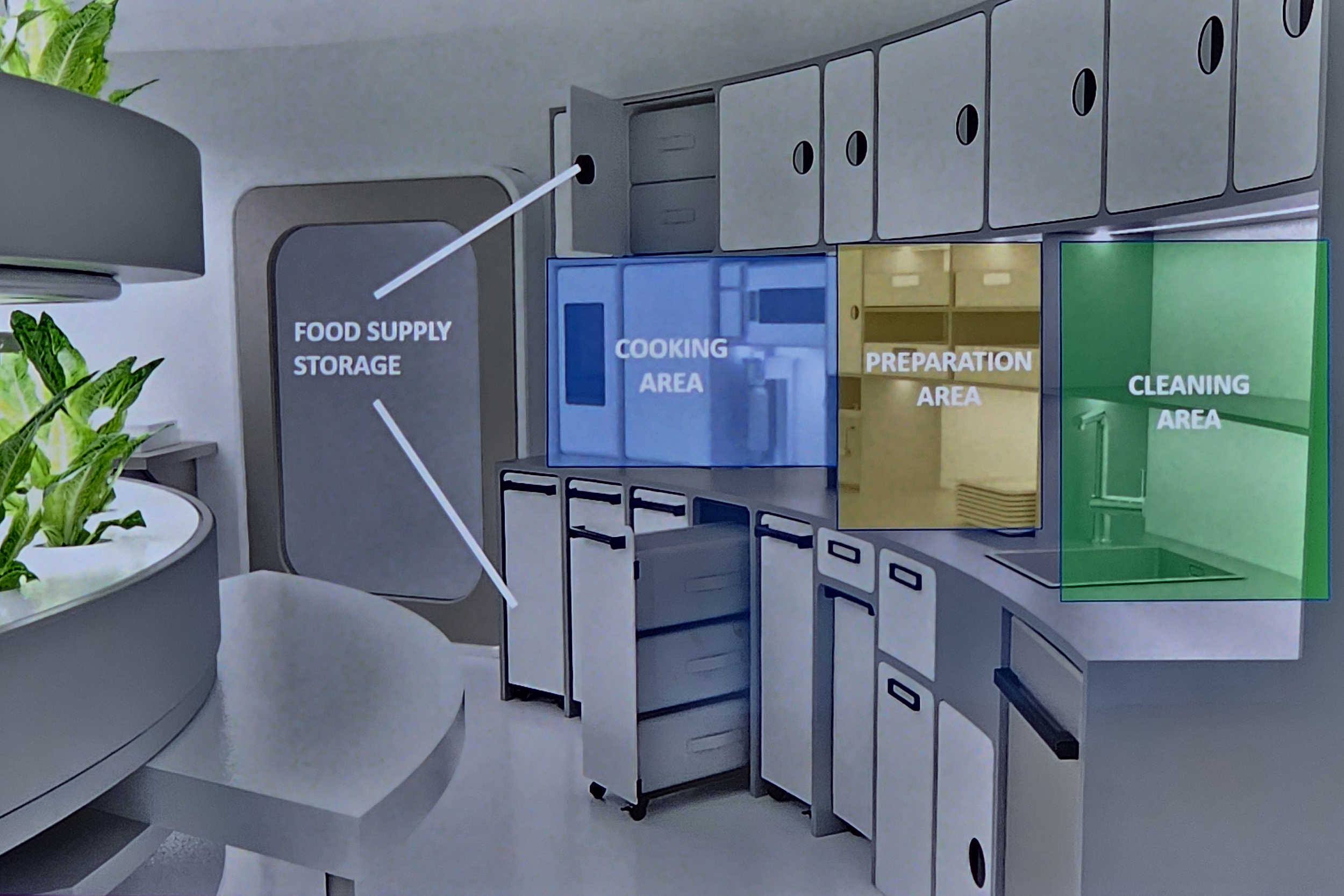
Lye has been refining his Design for Extreme Environments studio for the past 20 years and says that the core element of the course is putting people at the center of every design, considering what astronauts would need to stay healthy and productive during long-duration missions.
“Last spring the students designed a Martian habitat incorporating a geology lab with a connecting pressurized tunnel leading to a living space with a dining room, kitchen and crew quarters,” Lye says. “The atmosphere on Mars is essentially a vacuum, so the habitat is pressurized, which makes everything spherical or cylindrical, just one of the many design challenges in the project.”
This fall Lye will also teach a new studio related to NASA’s Human Exploration Rover Challenge, which student clubs (including RISD’s) have been participating in for years. The goal is to design a vehicle suitable for exploring the lunar surface.
“We don’t expect all the students who take these studios to go into aerospace,” Lye adds, “but they are learning a way of thinking about design that takes people’s needs into consideration and applies broadly to lots of environments right here on Earth.”
Simone Solondz
August 18, 2025
